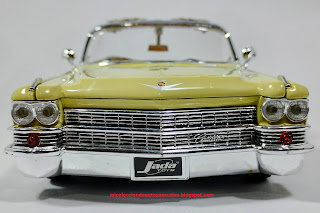The General Lee (sometimes referred to as simply "the General") is an orange 1969 Dodge Charger driven in the television series The Dukes of Hazzard by the characters the Duke boys, Bo and Luke, along with cousins Coy and Vance (in season 5). It is known for its signature horn, its police chases, stunts—especially its long jumps—and for having its doors welded shut, leaving the Dukes to climb in and out through the windows. The car appears in every episode but one ("Mary Kaye's Baby"). The car's name is a reference to Robert E. Lee, general of the Confederate States Army during the American Civil War. It bears a Confederate battle flag on its roof, and also has a horn which plays the first 12 notes of the song "Dixie".
The idea for the General Lee was developed from the bootlegger Jerry Rushing's car, which was named for Lee's favorite horse, Traveller. Traveller was also the name of the car in Moonrunners, the 1975 movie precursor to The Dukes of Hazzard.
Although the estimated number of General Lees used varies from different sources, according to former cast member Ben Jones ("Cooter" in the show), as well as builders involved with the show, 325 General Lees were used to film the series. Others claim about 255 were used in the series. Approximately 17 originals still exist, although in various states of repair. On average, more than one General Lee was used up per show. When filming a jump, anywhere from 500 to 1,000 pounds (230 to 450 kg) of sand bags or concrete ballast was placed in the trunk to prevent the car from nosing over. Later in the series the mechanics would raise the front end of the car to keep it from scraping against the ramp causing it to lose speed, thereby providing a cushion for the driver upon landing. Stunt drivers report enjoying the flights but hating the landings. Despite the ballast, the landing altitude of the car was somewhat unpredictable, resulting in moderate to extremely violent forces, depending on how it landed. On many of the jumps the cars bent upon impact. All cars used in large jumps were immediately retired due to structural damage.













































